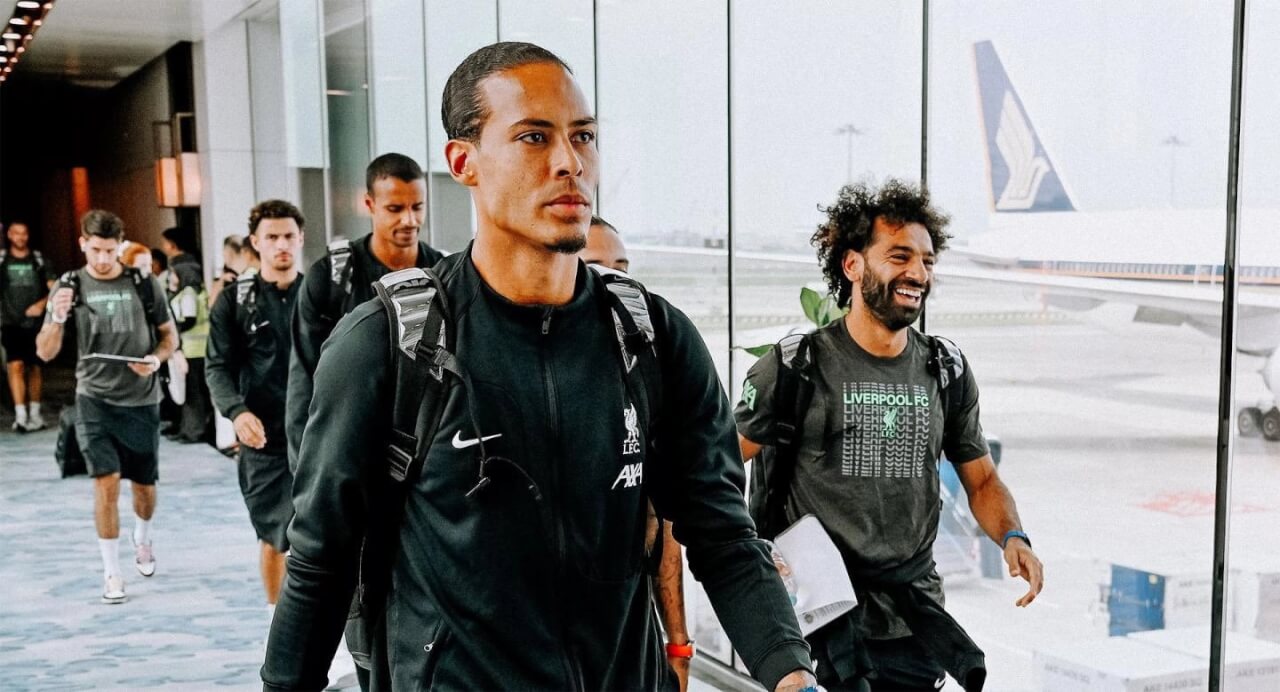Liverpool’s New Leadership: A New Era Dawns at Anfield
Embracing Change: Liverpool’s Revamped Leadership
In the wake of Jordan Henderson and James Milner’s departures, Liverpool faced a pivotal moment. The challenge? To maintain the high standards and culture of responsibility that had been a cornerstone of their success. James Pearce, in his insightful piece for The Athletic, delves into how Jurgen Klopp and his team have navigated this transition. The result? A promising start with a new leadership group at the helm, setting an example for the entire squad.
The Core of the New Leadership
Central to this new era is Virgil van Dijk, appointed as Henderson’s successor, and Trent Alexander-Arnold, now the vice-captain. They are joined by Andy Robertson, Alisson, and Mohamed Salah, forming a formidable five-man leadership team. Pearce highlights the significance of this group “Klopp and Lijnders talk about the need for the squad to be largely “autonomous” rather than players relying on staff to keep banging the drum over maintaining standards. They want it to come from within.”
Van Dijk’s Impactful Leadership
Van Dijk’s role as captain is more than just a title. His proactive approach, including introducing pre-game huddles and ensuring new arrivals feel welcome, demonstrates his commitment to fostering unity and spirit within the team. His actions, whether it’s supporting the team at matches he’s not playing in or organizing team events, speak volumes about his leadership style. Pearce aptly captures Van Dijk’s influence, both on and off the pitch.
Alexander-Arnold: The Next Generation Leader
The vice-captaincy for Alexander-Arnold isn’t just a nod to his talent but a recognition of his growing influence within the team. His close bond with Milner has paved the way for him to mentor the younger players, sharing his experiences and insights. Pearce’s portrayal of Alexander-Arnold as a source of inspiration and guidance for upcoming talents like Trey Nyoni and Luke Chambers underscores the importance of his role in the team’s dynamics.

A Collective Approach to Leadership
The leadership group’s collective approach extends beyond the field. Their efforts to ensure a well-integrated dressing room, devoid of cliques, is crucial for team harmony. Each member brings a unique perspective and style, contributing to a balanced and effective leadership dynamic. Pearce’s observes:
“The agreement is that any issues that arise should primarily be resolved by the players themselves. If that is not possible, Lijnders steps in, with Klopp the last port of call so he can focus on what really matters. Few problems ever reach the manager’s door.”
“Van Dijk was always the obvious candidate to inherit the armband from Henderson given he is the Netherlands captain and was previously third in command at Liverpool and had deputised on plenty of occasions.”
Conclusion: A New Chapter with Familiar Goals
Liverpool’s new leadership group, under the guidance of Klopp and Lijnders, is navigating the post-Henderson and Milner era with a clear vision. Their collective approach, emphasizing autonomy and responsibility, is not just about maintaining standards but elevating them. As Pearce eloquently puts it, the standards are indeed set by those who live them, and Liverpool’s new leaders are doing just that, shaping a new chapter while staying true to the club’s cherished values.




